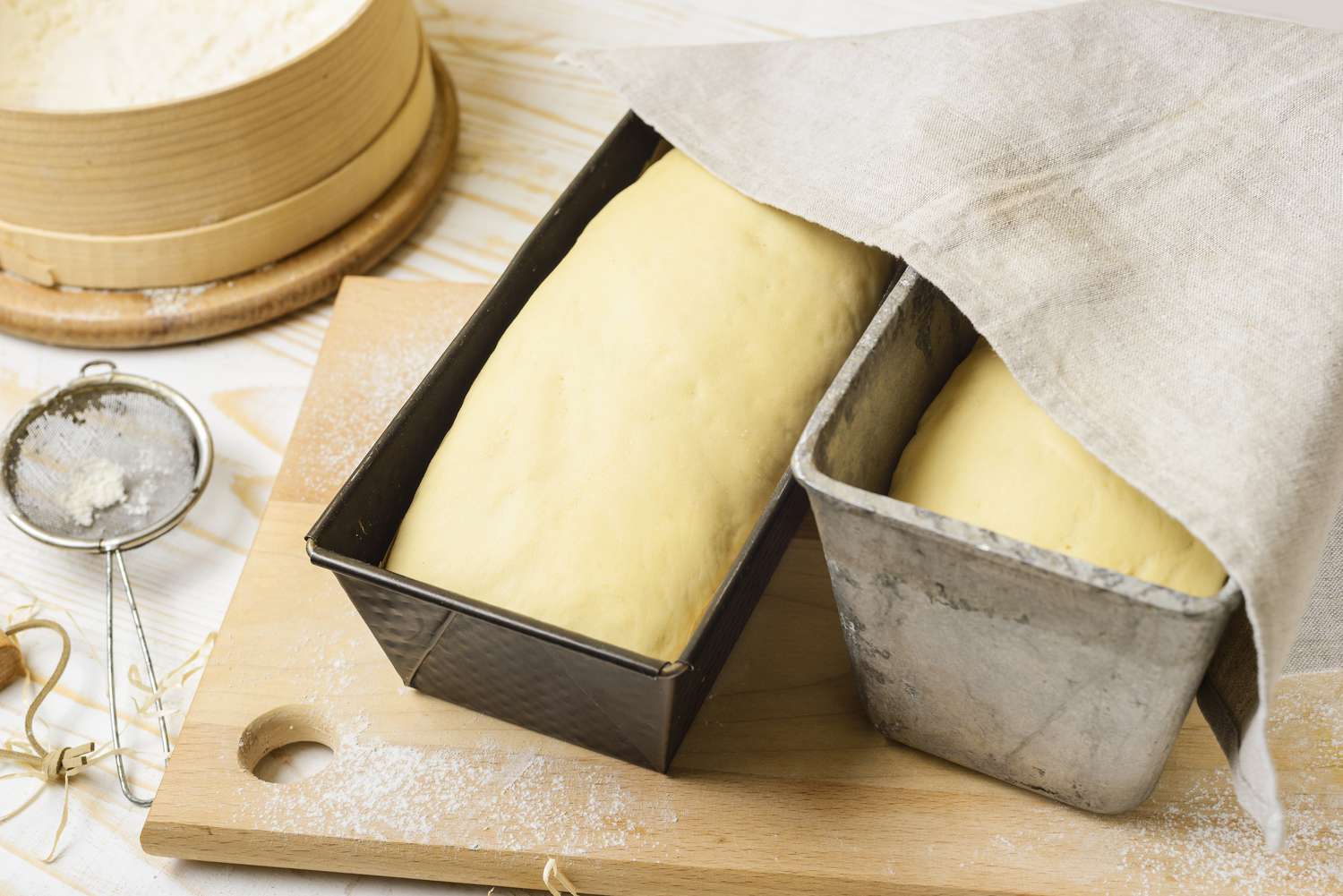

Articles
How To Store Bread Dough
Modified: January 6, 2024
Learn the best techniques for storing bread dough in this informative articles. Keep your dough fresh and ready for baking!
(Many of the links in this article redirect to a specific reviewed product. Your purchase of these products through affiliate links helps to generate commission for Storables.com, at no extra cost. Learn more)
Introduction
Welcome to the world of breadmaking! Whether you are a seasoned baker or just starting out, one key aspect of baking bread that often gets overlooked is proper storage of bread dough. It may seem like a trivial detail, but how you store your bread dough can greatly affect the final result of your baked goods.
Proper storage of bread dough is essential for maintaining its consistency, flavor, and rise. When dough is left exposed to air or stored in unfavorable conditions, it can result in flat, dense, or flavorless loaves. By understanding the factors that affect dough storage and using the right techniques and containers, you can ensure that your bread dough stays fresh and ready for baking.
In this article, we will explore the important reasons why proper storage of bread dough matters. We will discuss the factors to consider when storing bread dough, the best containers to use, and provide step-by-step instructions on how to store bread dough properly. We will also cover topics such as storing bread dough in the refrigerator, freezing bread dough for future use, and tips for extending its shelf life.
Whether you are making artisan bread, dinner rolls, or sourdough loaves, understanding how to store your dough correctly can make all the difference in the final product. So, let’s dive in and learn the ins and outs of bread dough storage!
Key Takeaways:
- Proper storage of bread dough is crucial for maintaining its quality, texture, and flavor. Factors such as temperature, humidity, and container choice play a significant role in preserving the dough’s integrity.
- Refrigeration and freezing are effective methods for extending the shelf life of bread dough, allowing for flexibility in baking schedules and preserving the dough’s freshness and flavor. Thawing frozen dough gradually in the refrigerator ensures optimal results.
Read more: How To Store Dough
Why Proper Storage of Bread Dough Matters
Proper storage of bread dough is crucial for several reasons. First and foremost, it directly affects the quality and texture of the final baked product. When bread dough is stored incorrectly, it can lead to undesirable outcomes, such as flat loaves, dense crumb, or a lack of flavor development.
One of the main reasons why proper storage is important is because yeast, a key ingredient in bread dough, is a living organism. Yeast needs an ideal environment to thrive and produce carbon dioxide, which is responsible for the bread’s rise. By storing the dough correctly, you create the optimal conditions for the yeast to activate and ferment the dough properly.
Another reason for proper storage is to prevent the dough from drying out. When bread dough is exposed to air, moisture evaporates, leading to a dry and hard texture. This can result in a less appealing finished product with a tough crust and crumb. By storing the dough properly, you can retain its moisture content and ensure a soft and moist interior.
Additionally, proper storage helps to maintain the flavors developed during the fermentation process. Bread dough undergoes a complex process of fermentation, during which the yeast consumes sugars and produces various flavor compounds. By storing the dough properly, you allow these flavors to develop fully and preserve their aromatic qualities.
Furthermore, proper storage can also save you time and effort. By storing dough properly, you can prepare it in advance and have it ready to bake when you need it. This is particularly useful for busy schedules or when you want to have freshly baked bread without having to start from scratch each time.
Overall, proper storage of bread dough is essential for achieving a delicious, well-risen, and flavorful loaf. It ensures that the yeast is active, the texture is moist, and the flavors are fully developed. Now that we understand why proper storage matters, let’s explore the factors to consider when storing bread dough.
Factors to Consider when Storing Bread Dough
When it comes to storing bread dough, there are several factors to consider. These factors can greatly impact the dough’s texture, rise, and overall quality. By taking these aspects into account, you can ensure that your bread dough stays fresh and ready for baking.
Temperature: The temperature at which you store your bread dough is crucial. Yeast is highly sensitive to temperature, and different temperatures can have varying effects on the fermentation process. In general, cooler temperatures slow down fermentation, while warmer temperatures speed it up. It is important to find the right balance depending on the type of bread you are making and the desired rise time.
Humidity: Humidity plays a role in the moisture content of the dough. The ideal humidity level for bread dough is around 60-75%. Too much humidity can result in overly wet and sticky dough, while too little can cause the dough to dry out. It is important to find a storage environment with the appropriate humidity level to maintain the dough’s moisture.
Air Exposure: Bread dough needs to be protected from excessive air exposure to prevent it from drying out. When oxygen comes into contact with the dough’s surface, it can lead to the formation of a dry crust or skin. Properly covering the dough with plastic wrap or a clean kitchen towel can help to minimize air exposure.
Container: The container in which you store your bread dough can also make a difference. It should be non-reactive, food-safe, and provide a tight seal to prevent air from getting in. A plastic or glass container with a lid or a bowl covered with plastic wrap are commonly used options. Additionally, the container should be large enough to allow the dough to rise without overflowing.
Time: The duration for which you store the dough also plays a role in its quality. As the dough sits, the yeast continues to ferment, developing flavor and texture. However, over-fermentation can result in a sour or off-flavor. It is important to find the right balance between fermentation time and the desired flavor profile.
Type of Bread: Different types of bread require different storage conditions. For example, sourdough bread may benefit from a longer fermentation time at cooler temperatures, while enriched doughs like brioche may require warmer temperatures for proper rise. Consider the specific requirements of the bread you are making when determining the storage conditions.
By taking these factors into account, you can create the optimal storage conditions for your bread dough. In the next section, we will explore the best containers for storing bread dough and how to use them effectively.
Best Containers for Storing Bread Dough
Choosing the right container for storing bread dough is crucial for maintaining its freshness and quality. The container should provide a suitable environment that protects the dough from air exposure and allows it to rise properly. Here are some of the best containers for storing bread dough:
Plastic Containers: Plastic containers with airtight lids are a popular choice for storing bread dough. They are readily available, affordable, and provide a tight seal to keep air out. Look for containers that are food-safe, BPA-free, and have a lid that locks securely. Plastic containers are also lightweight and easy to stack, making them convenient for storing multiple batches of dough.
Glass Containers: Glass containers are another excellent option for storing bread dough. They are non-reactive, meaning they won’t interact with the dough and affect its flavor. Glass containers are also transparent, allowing you to easily monitor the dough’s rise. Look for containers with airtight lids or cover with plastic wrap for a secure seal.
Bowls with Plastic Wrap: If you don’t have specific containers, you can use a bowl covered with plastic wrap to store bread dough. Choose a bowl that is large enough to accommodate the dough as it rises. Place the dough in the bowl and cover it tightly with plastic wrap, ensuring there are no gaps for air to enter. This method is simple and effective for short-term storage.
Bread Proofing Baskets: Bread proofing baskets, also known as bannetons or brotforms, are traditionally used during the dough’s final rise. However, they can also be used for storing dough. These baskets are made of natural materials, such as cane or rattan, which allow for air circulation and help shape the dough. Simply cover the basket with a clean kitchen towel or plastic wrap to protect the dough during storage.
Reusable Silicone Bags: Reusable silicone bags have gained popularity as eco-friendly alternatives to single-use plastic bags. These bags are food-safe, airtight, and can be used for storing bread dough. They are easy to clean, dishwasher safe, and great for storing other baking ingredients as well. Look for bags specifically designed for food storage to ensure they are safe for long-term use.
When choosing a container, make sure it is clean and free of any residue or odors that can transfer to the dough. It is also important to consider the size of the container, ensuring that there is enough room for the dough to rise without overflowing.
Remember, regardless of the container you choose, always cover the dough tightly to prevent air exposure and maintain its moisture. In the next section, we will discuss the steps to store bread dough properly to ensure maximum freshness.
Steps to Store Bread Dough Properly
Properly storing bread dough is essential to maintain its quality and freshness. Following the correct steps ensures that the dough stays in optimal condition until you’re ready to bake. Here are the steps to store bread dough properly:
Step 1: Prepare the Dough: Mix and knead the bread dough according to your recipe until it reaches the desired consistency. Allow the dough to complete its initial rise before moving on to the storage process.
Step 2: Shape the Dough: Shape the dough into a smooth ball or desired shape. This step helps structure the dough and prepare it for the storage process. Make sure the surface is taut and without any visible seams.
Step 3: Choose the Container: Select a suitable container for storing the dough, such as a plastic or glass container with an airtight lid. Ensure the container is clean and food-safe to maintain the dough’s integrity.
Step 4: Lightly Oil the Container: Before placing the dough into the container, lightly coat it with oil to prevent sticking. This step helps to ensure the dough releases easily from the container when you’re ready to bake.
Step 5: Place the Dough in the Container: Gently transfer the shaped dough into the chosen container. If using a bowl, cover it tightly with plastic wrap. If using a container with a lid, secure the lid to create an airtight seal.
Step 6: Store at the Appropriate Temperature: Depending on the recipe and desired rise time, store the dough at the appropriate temperature. Most bread dough benefits from a cool rise in the refrigerator, but some may require a warmer or room temperature environment.
Step 7: Monitor the Dough: While in storage, keep an eye on the dough to ensure it is rising as desired. Check for any signs of over-fermentation or underproofing. Adjust the rise time accordingly to achieve the best results.
Step 8: Store for the Recommended Duration: Each recipe may have specific storage recommendations. Follow the recommended duration to maintain the dough’s freshness and flavor. Longer storage times may lead to more developed flavor but be mindful of over-fermentation.
Step 9: Remove from Storage: Once you’re ready to bake, carefully remove the dough from the storage container. Gently shape and manipulate the dough as needed, and allow it to come to room temperature before baking.
Step 10: Bake according to Recipe: Follow the instructions of your recipe for baking the bread dough. Enjoy the delicious aroma and taste of your freshly baked bread!
By following these steps, you can ensure that your bread dough is stored properly, allowing for optimal rise, flavor development, and freshness. In the next sections, we will explore specific storage methods, such as refrigeration and freezing, for different situations.
After kneading the bread dough, place it in a lightly oiled bowl, cover with plastic wrap, and let it rise in a warm, draft-free place until doubled in size. Then, punch down the dough, shape it, and let it rise again before baking.
Read more: How To Store Dough Overnight
Storing Bread Dough in the Refrigerator
Refrigeration is a common method for storing bread dough, especially when you want to have the flexibility of extending the rise time or preparing the dough in advance. By storing the dough in the refrigerator, you can slow down the fermentation process, allowing for a longer rise and a more complex flavor development. Here are the steps to properly store bread dough in the refrigerator:
Step 1: Prepare the Dough: Mix and knead the bread dough according to your recipe until it’s smooth and elastic. Allow the dough to rise until it has doubled in size, following the initial rise instructions in your recipe.
Step 2: Shape the Dough: Shape the dough into a smooth ball or desired shape, ensuring the surface is taut and there are no visible seams.
Step 3: Lightly Oil the Container: Lightly coat a container with oil to prevent the dough from sticking. A plastic or glass container with an airtight lid is ideal for refrigerating the dough.
Step 4: Place the Dough in the Container: Gently place the shaped dough into the container and cover it tightly with the lid. Make sure the container is large enough to allow the dough to rise without touching the lid.
Step 5: Store in the Refrigerator: Place the container with the dough in the refrigerator. It’s best to keep the dough away from any strong-smelling food items to prevent flavor transfer. Remember to mark the date and time when you started refrigerating the dough.
Step 6: Monitoring and Adjustments: Check the dough periodically to monitor its rise. The cooler temperature will slow down the fermentation process, so you can extend the rise time until you’re ready to bake. If needed, you can adjust the rise time by leaving the dough at room temperature for a short period to encourage further fermentation.
Step 7: Remove and Use: When you’re ready to bake, remove the dough from the refrigerator. Allow it to come to room temperature, which usually takes about 1-2 hours, before shaping and baking according to your recipe’s instructions.
Storing bread dough in the refrigerator is a convenient method that allows for a slower rise and more flexibility in your baking schedule. The extended fermentation time at cooler temperatures contributes to enhanced flavor development, creating a more complex and satisfying bread. In the next section, we will discuss the process of freezing bread dough for future use.
Freezing Bread Dough for Future Use
Freezing bread dough is a fantastic way to extend its shelf life and have freshly baked bread whenever you desire. Freezing allows you to store the dough for a longer period without compromising its quality. Here’s a step-by-step guide on how to freeze bread dough:
Step 1: Prepare the Dough: Mix and knead the bread dough according to your recipe. Allow it to complete its initial rise, following the instructions provided.
Step 2: Shape the Dough: Shape the dough into the desired form, whether it’s a ball, loaf, or rolls. Ensure the surface is taut and there are no visible seams.
Step 3: Wrap the Dough: Wrap the shaped dough tightly in plastic wrap, making sure it is completely covered. This will prevent freezer burn and keep the dough fresh throughout the freezing process.
Step 4: Double-wrap (optional): For an extra layer of protection, you can double-wrap the dough by placing the plastic-wrapped dough into a resealable freezer bag or airtight container. This further reduces the risk of freezer burn and keeps the dough from absorbing any odors from the freezer.
Step 5: Label and Date: It is important to label the frozen bread dough with the date of freezing. This will help you keep track of its freshness and ensure you use it within a reasonable timeframe.
Step 6: Freeze the Dough: Place the wrapped dough in the freezer and make sure it is kept flat to maintain its shape. Allow sufficient space around the dough to facilitate proper airflow in the freezer.
Step 7: Frozen Storage Time: Frozen bread dough can typically be stored for up to 3 months without significant loss of quality. However, it’s best to use it within the first month for optimal results.
Step 8: Thawing the Dough: When you’re ready to bake, remove the frozen dough from the freezer. Thaw it gradually in the refrigerator overnight, or for a quicker thaw, place it on the countertop for a few hours until it reaches room temperature.
Step 9: Shaping and Baking: Once the dough is fully thawed, gently reshape it if necessary, letting it rise again before baking. Follow your original recipe’s instructions for oven temperature and baking time.
By following these steps, you can successfully freeze bread dough for future use, allowing you to enjoy freshly baked bread at any time. Freezing dough provides the convenience of having ready-to-bake dough on hand while preserving its flavor and texture. In the next section, we will discuss how to thaw frozen bread dough properly.
How to Thaw Frozen Bread Dough
Thawing frozen bread dough properly is crucial to ensure the best results when baking. When done correctly, the dough will regain its texture, rise, and flavor. Here are the steps to thaw frozen bread dough:
Step 1: Retrieve the Dough: Remove the frozen bread dough from the freezer and unwrap it from the plastic wrap or freezer bag. Place it on a baking sheet or a clean, lightly oiled surface.
Step 2: Thaw in the Refrigerator: The best and safest method to thaw bread dough is by placing it in the refrigerator. This gradual thawing process allows for even thawing and prevents any bacterial growth. Place the dough in the refrigerator and allow it to thaw overnight or for at least 8-12 hours.
Step 3: Check the Dough’s Texture: Once thawed, check the dough’s texture. It should be soft and pliable. If it still feels firm or partially frozen, allow it to continue thawing in the refrigerator until it reaches room temperature.
Step 4: Rise at Room Temperature (optional): If the thawed dough hasn’t risen enough or needs an additional rise, you can let it rest at room temperature for a short period. Cover the dough with a clean kitchen towel or oiled plastic wrap and let it rise until it doubles in size, following the instructions in your recipe.
Step 5: Shaping and Baking: Once the dough is fully thawed and risen, gently reshape it as needed. Follow your original recipe’s instructions for shaping the dough and the baking process, including oven temperature and baking time.
Note: It is essential to avoid using a microwave or hot water to thaw bread dough quickly. These methods can unevenly defrost the dough and result in a loss of texture and rise.
Thawing frozen bread dough in the refrigerator allows for a controlled and gradual thawing process, preserving the dough’s integrity. Once thawed, the dough is ready to be shaped, risen, and baked to perfection. In the next section, we will provide some tips for extending the shelf life of bread dough and maintaining its freshness.
Tips for Extending the Shelf Life of Bread Dough
To maximize the shelf life of bread dough and keep it fresh and ready for baking, there are a few tips and techniques you can employ. These tips will help preserve the dough’s quality and prevent any issues that may arise during storage. Here are some valuable tips for extending the shelf life of bread dough:
1. Use high-quality ingredients: Start with fresh and high-quality ingredients, including flour, yeast, water, and any additional ingredients specified in your bread recipe. Using fresh ingredients ensures optimal dough quality and extends its shelf life.
2. Properly measure the ingredients: Accuracy in measuring the ingredients is crucial for a well-balanced dough. Use a digital scale or measuring cups and spoons to ensure precise measurements. Consistent measurements result in a consistent dough that holds up better during storage.
3. Adjust hydration levels: Depending on the type of bread and the specific recipe, you may need to adjust the hydration levels. Too much or too little water can affect the dough’s texture and shelf life. Follow the recipe guidelines and adjust as necessary for optimal hydration.
4. Control the rise time: Monitor the dough’s rise time carefully. Overproofing can result in a collapsed or overly fermented dough, while underproofing can lead to a dense texture. Find the right balance and aim for a fully proofed dough before storing it.
5. Store in airtight containers: Choose appropriate containers that provide airtight seals to prevent air exposure and moisture loss. Plastic or glass containers with secure lids work well for storing bread dough. Alternatively, you can use resealable silicone bags that offer an airtight seal.
6. Keep the dough away from strong odors: Bread dough easily absorbs odors from other foods in the refrigerator or freezer. Keep the dough in a separate area, away from strong-smelling items, to preserve its flavor and prevent any cross-contamination.
7. Use proper storage temperatures: Different types of bread dough have specific temperature requirements. It’s generally recommended to store bread dough in the refrigerator for a cooler and slower rise. However, certain doughs may benefit from room temperature storage or a proofing box for a faster rise.
8. Rotate stored dough: If you have multiple batches of dough stored, be mindful of using the oldest dough first to prevent any prolonged storage that may affect quality. Label and date each batch to stay organized and ensure proper rotation.
9. Freeze for longer storage: If you want to extend the dough’s shelf life beyond a few days, consider freezing it. Frozen dough can be kept for up to 3 months without major loss of quality. Properly wrap the dough in plastic wrap or place it in airtight containers before freezing.
10. Follow reliable recipes and techniques: Lastly, follow trusted recipes and techniques that have been tried and tested. Properly following the instructions ensures the best possible outcome and extends the shelf life of your bread dough.
By implementing these tips, you can significantly prolong the shelf life of your bread dough, ensuring that it remains fresh and of high quality for future baking projects. With proper storage and care, you can enjoy delicious homemade bread at your convenience.
Now that you have a thorough understanding of how to extend the shelf life of bread dough, it’s time to put your knowledge into practice. Enjoy the journey of creating and storing delicious bread dough to be enjoyed whenever the craving strikes!
Read more: How To Store Leftover Dough
Conclusion
Proper storage of bread dough is not only essential for maintaining its quality and freshness but also for achieving delectable and well-textured baked goods. By understanding the factors that affect dough storage, selecting the right containers, and following the correct steps, you can ensure that your dough remains in optimal condition until you’re ready to bake.
We explored various factors to consider when storing bread dough, such as temperature, humidity, air exposure, container choice, time, and the type of bread. Each of these factors plays a significant role in preserving the dough’s texture, flavor, and rise, ultimately leading to a satisfying end product.
We learned about the best containers for bread dough storage, including plastic and glass containers, bread proofing baskets, and reusable silicone bags. These containers provide a safe and suitable environment for the dough, protecting it from air exposure and maintaining its moisture content.
We also discussed the proper steps for storing bread dough, whether in the refrigerator or the freezer. Refrigeration slows down fermentation and provides the flexibility to extend the rise time, while freezing allows for long-term storage and convenient baking in the future.
Thawing frozen bread dough requires a gradual process, preferably in the refrigerator to prevent temperature shock. Following the correct thawing steps ensures that the dough regains its texture, rise, and flavor, allowing you to proceed with shaping and baking at your convenience.
To extend the shelf life of bread dough, we provided valuable tips, including using high-quality ingredients, proper measurements, controlling the rise time, airtight storage, and maintaining the appropriate temperatures. These tips will help you preserve your dough’s freshness and quality, ensuring that it’s ready to be transformed into delicious loaves, rolls, or artisan bread whenever you desire.
In conclusion, by paying attention to these storage techniques and implementing the tips and guidelines provided, you can take your breadmaking skills to the next level. Whether you’re a seasoned baker or just getting started, proper storage of bread dough will undoubtedly contribute to the overall success and enjoyment of your delectable homemade bread.
So, venture into the world of breadmaking, store your dough with care, and let the aroma of fresh bread fill your kitchen as you indulge in the joy of creating and savoring your own homemade baked goods.
Frequently Asked Questions about How To Store Bread Dough
Was this page helpful?
At Storables.com, we guarantee accurate and reliable information. Our content, validated by Expert Board Contributors, is crafted following stringent Editorial Policies. We're committed to providing you with well-researched, expert-backed insights for all your informational needs.

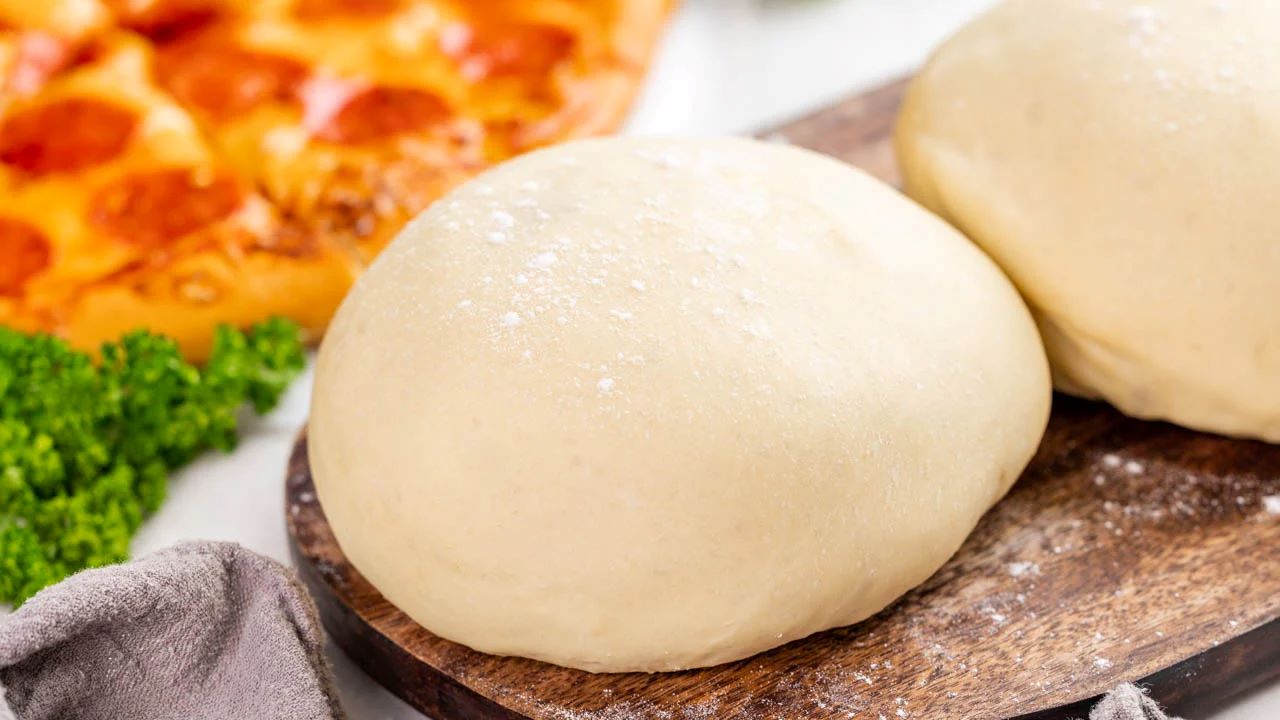
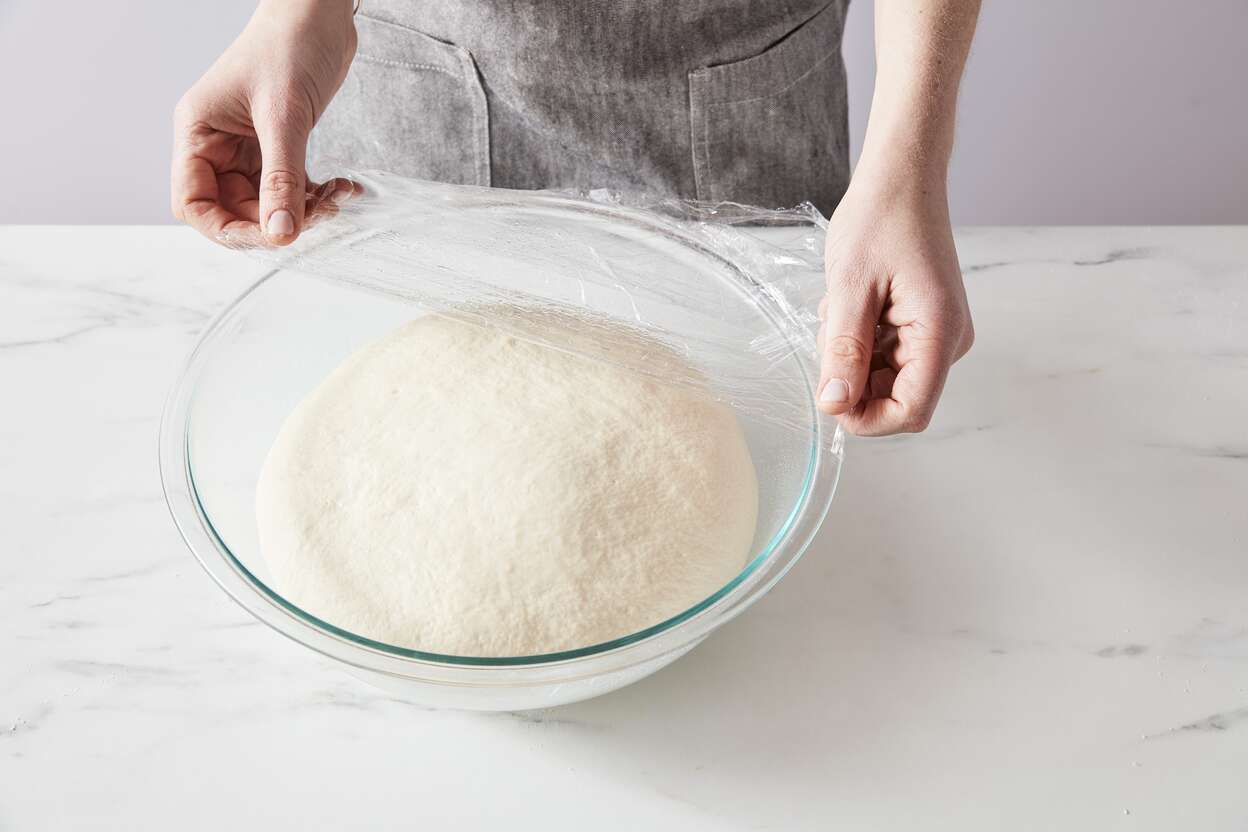

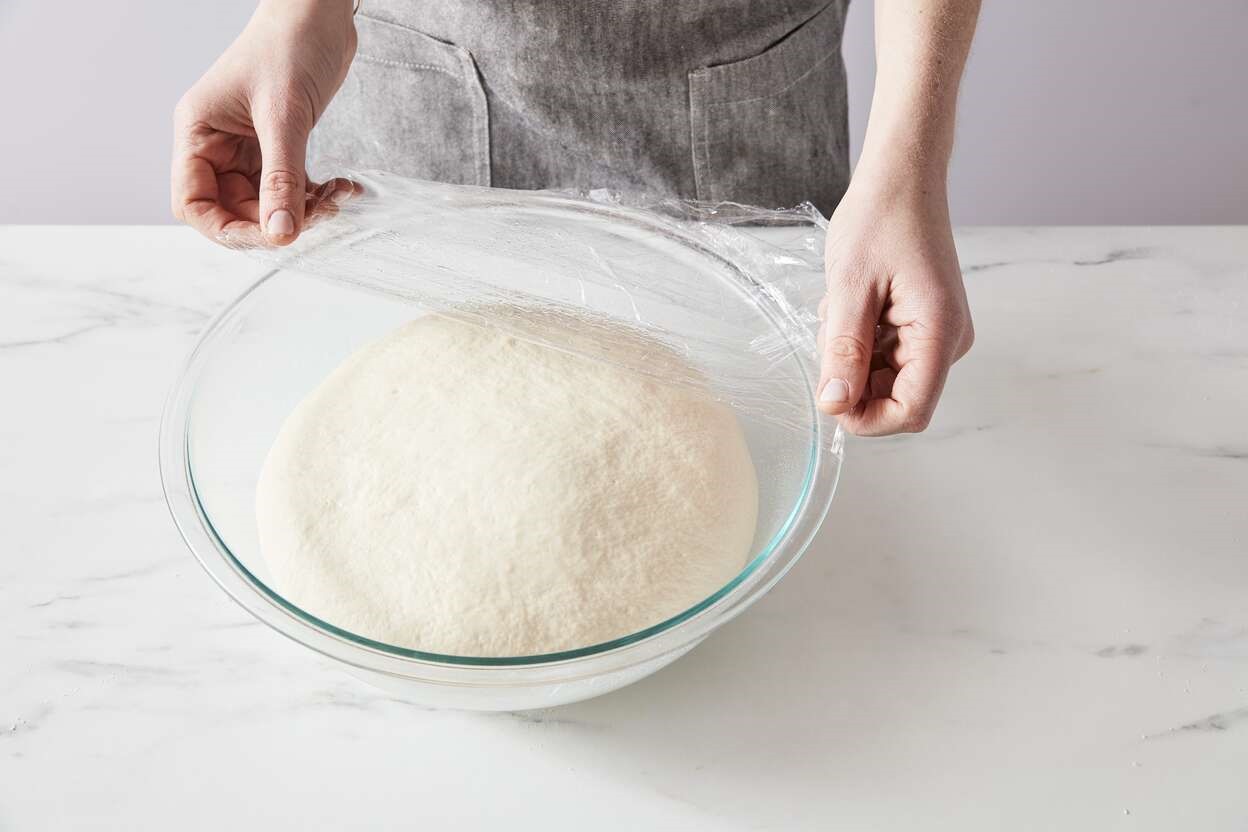
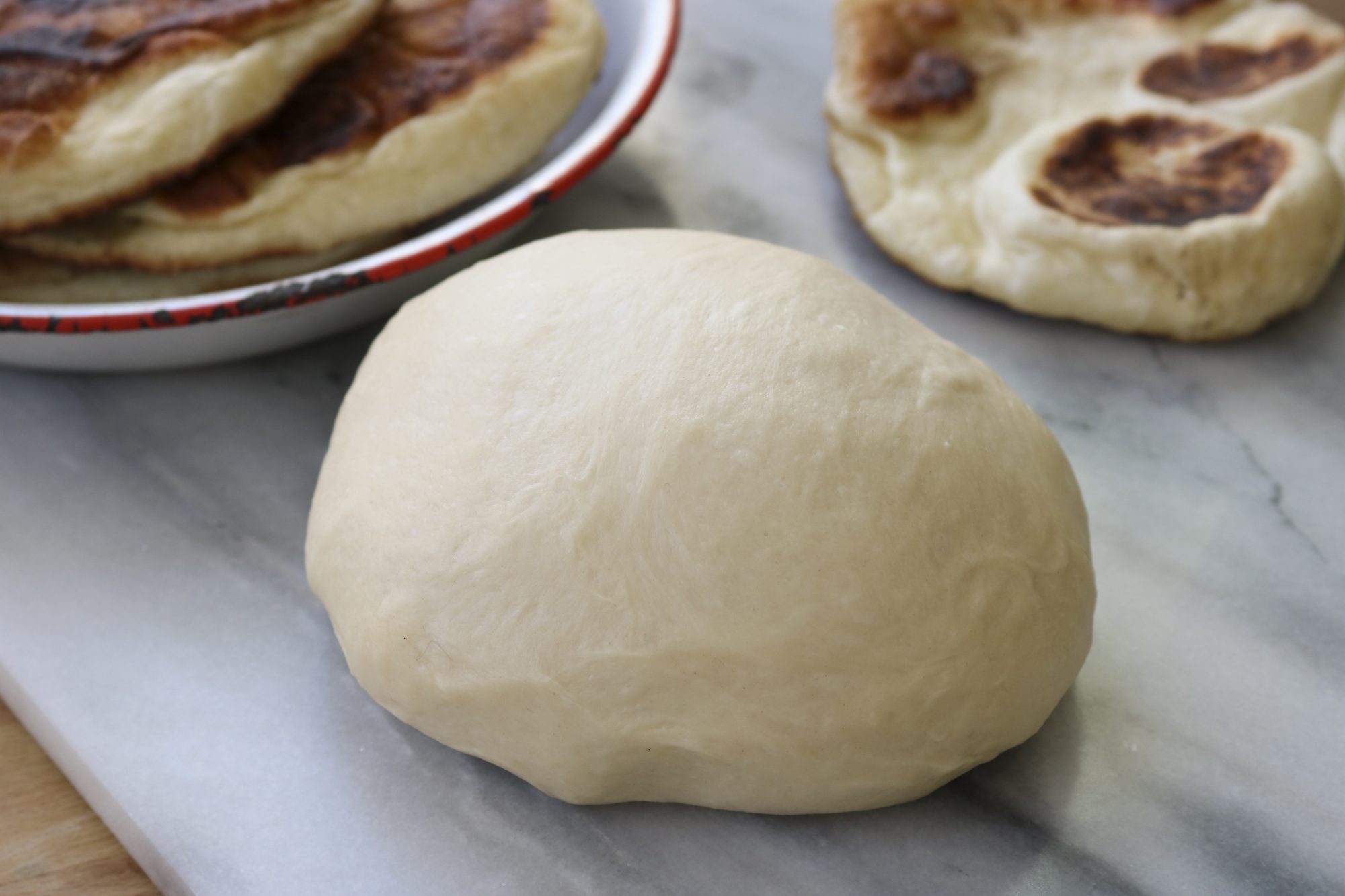
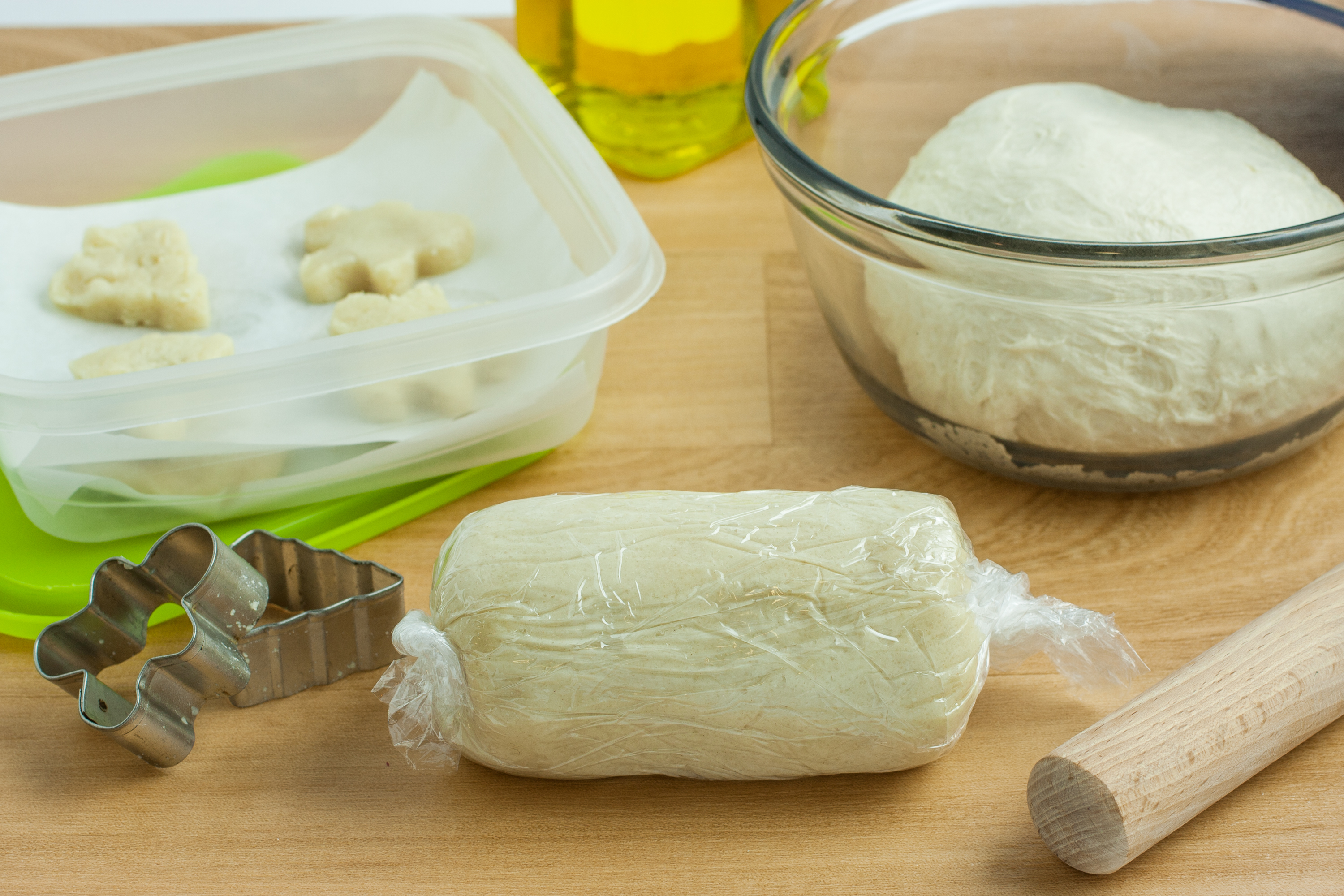
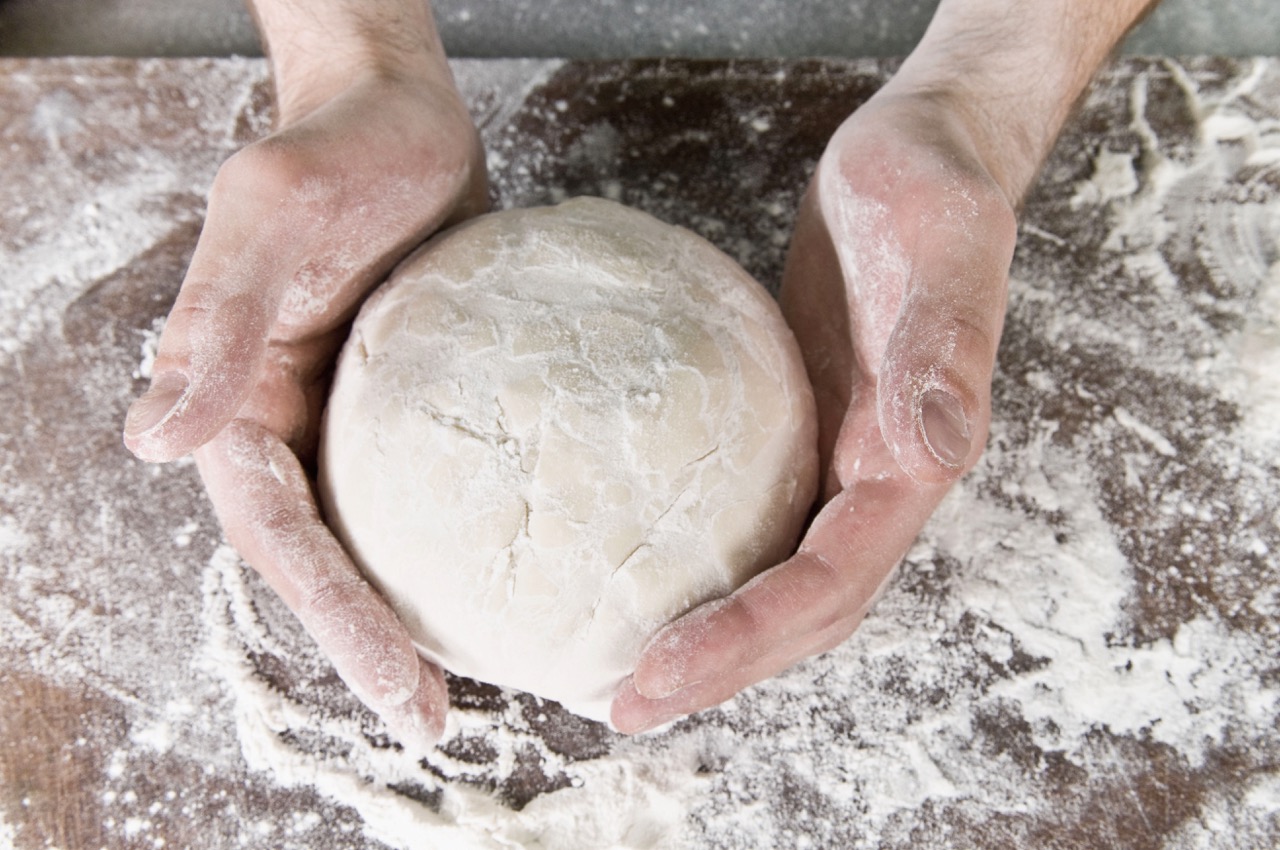
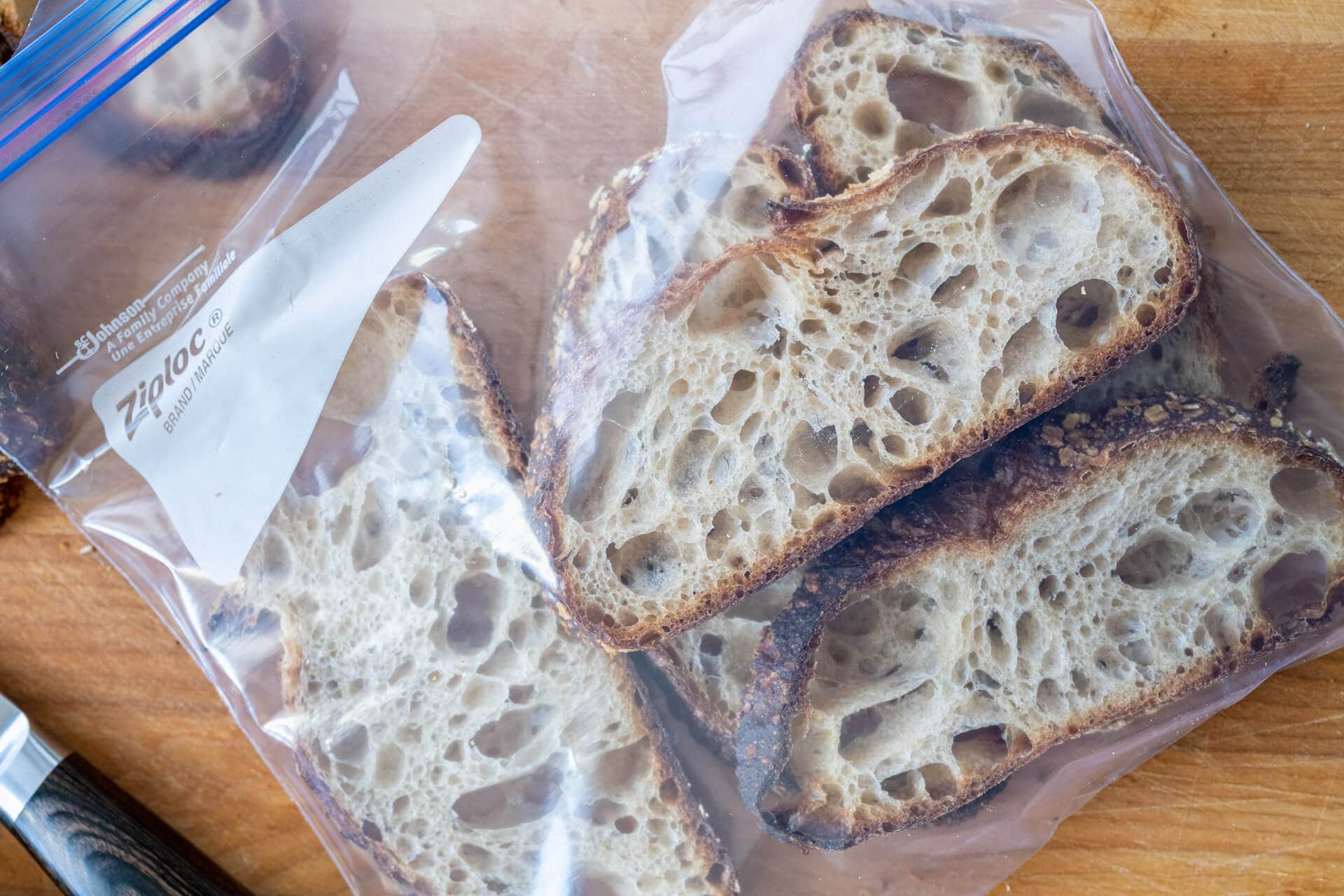
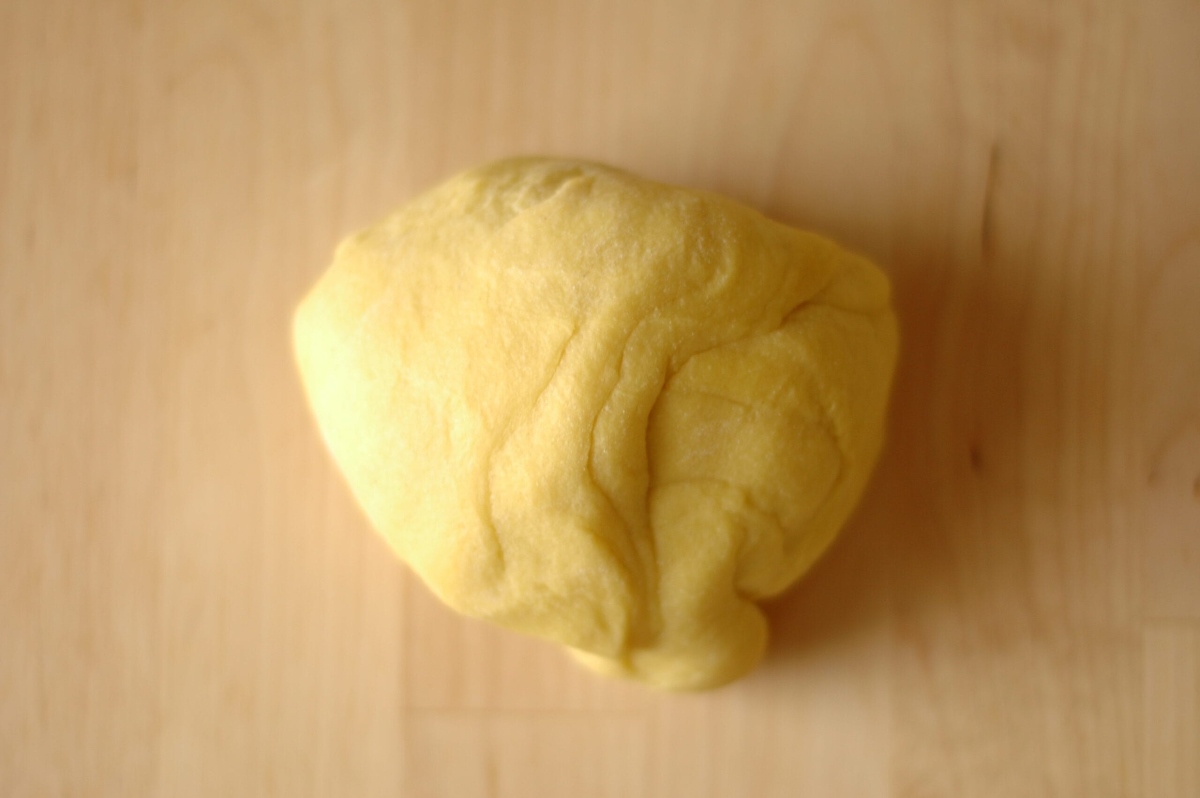
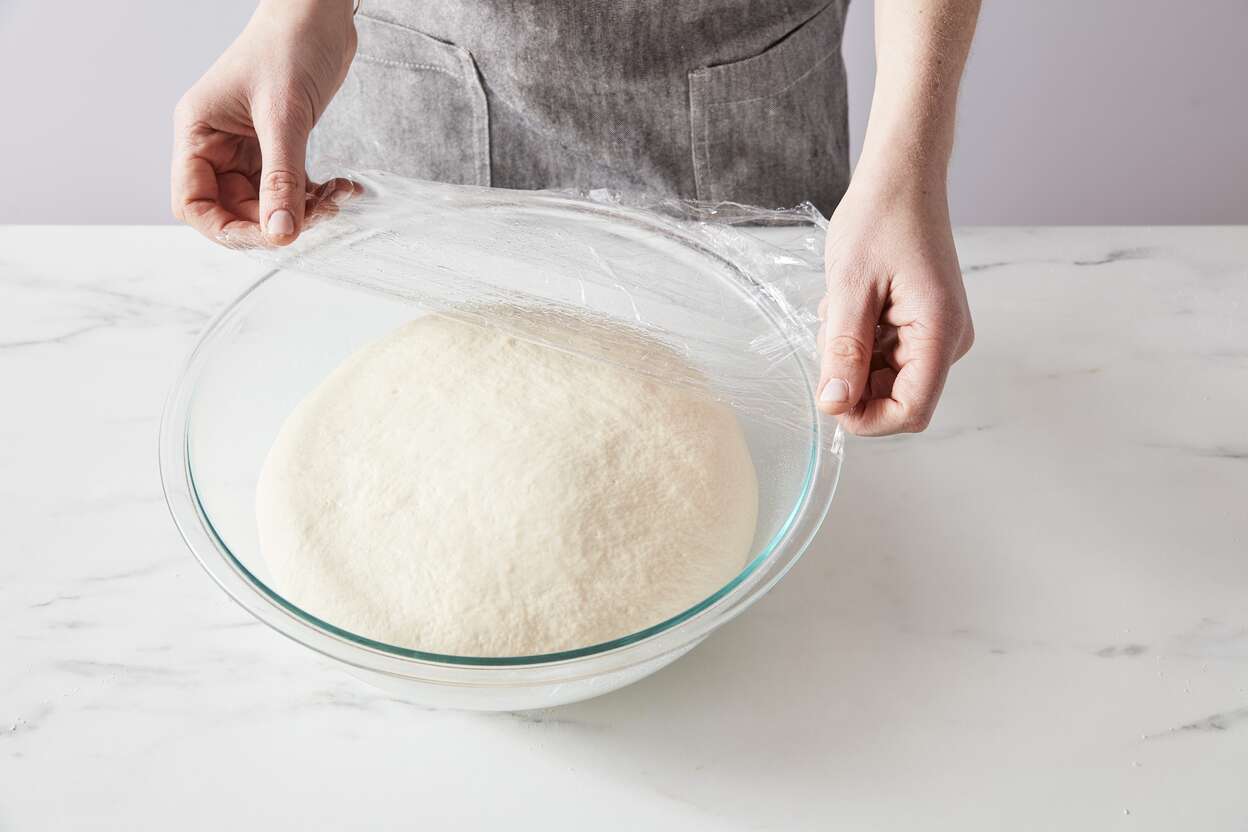

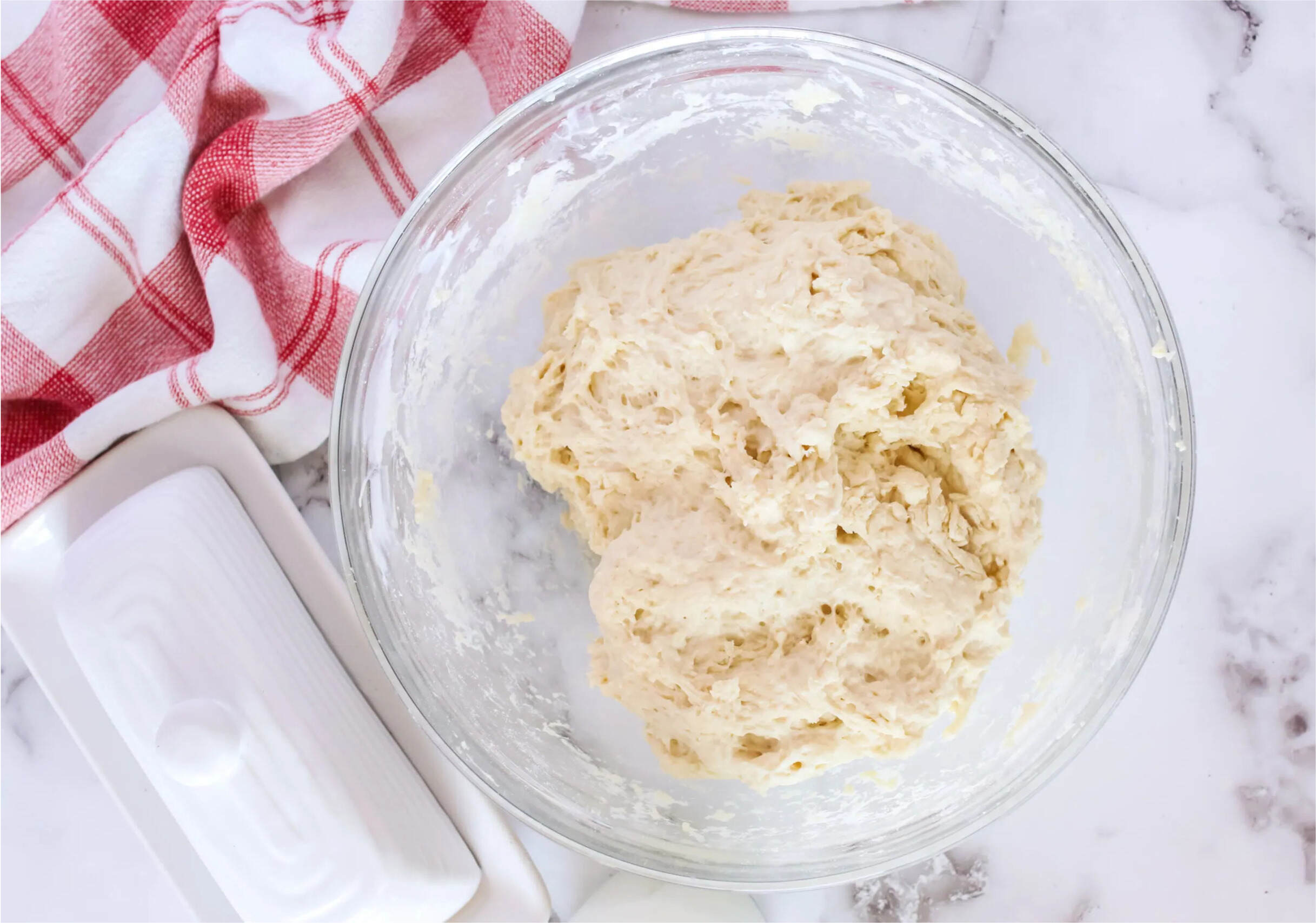

0 thoughts on “How To Store Bread Dough”